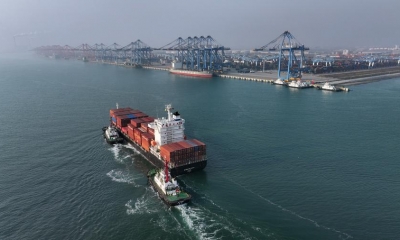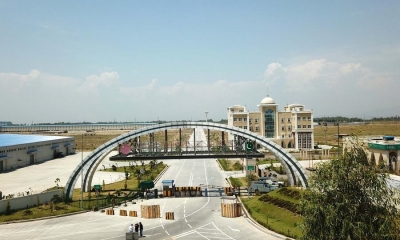A Clarion Call to China’s 15th Five-Year Plan
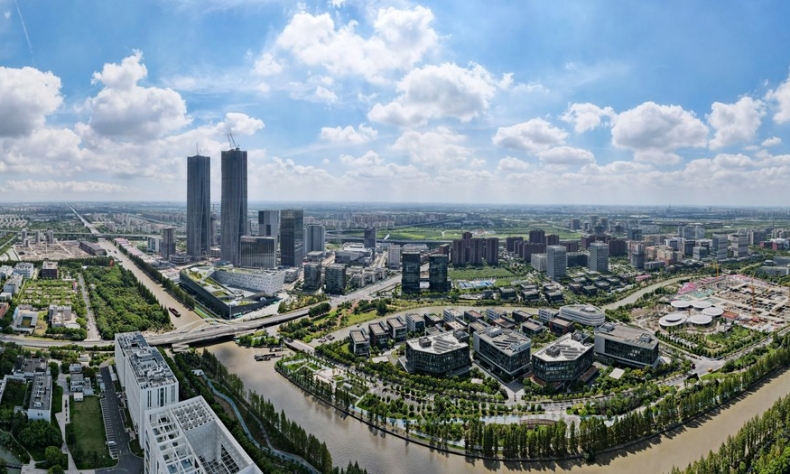
Based on the previous achievements and experiences, China will take center stage by increasingly interconnected with the global economy and offering significant opportunities to the rest of the world.
China is entering another phase with flying colors. A journey that marks the conclusion of the 14th Five-Year Plan (2021-2025) and the commencement of the 15th Five-Year Plan (2026-2030) instills deep satiation amid challenges.
The 20th Central Committee of the Communist Party of China (CPC) convened its fourth plenary session in Beijing from October 20 to 23, 2025. Participants at the session deliberated over and adopted the Recommendations of the CPC Central Committee for Formulating the 15th Five-Year Plan for Economic and Social Development.
Given the way China demonstrated quality resilience and robust strength to get over internal, regional, and global challenges during the past five years and sailed well ultimately, it has the innate astuteness to advance seamlessly in the next five years, which indeed will be swarmed with daunting and multifaceted challenges.
The last five years were full of pride and joy. The targets that encompassed science and technological marvels, agricultural growth, food security, overall development, national unity, poverty reduction, social progress, and global influence were attained with grit and valor. The previous five years also laid down a super focus on the Global South, which had long been left high and dry by major players from the Global West.
China’s economy showed strong resilience and momentum during the 14th Five-Year Plan period (2021-2025), with total economic output projected to increase by more than 35 trillion yuan (about $4.89 trillion). Such steady achievements demonstrates that China’s domestic economy has progressed with favourable policies, a diversified investment landscape, and stronger business participation favouring domestic-international dual circulation. China’s internal economic landscape also surged on the back of R&D strategies.
During the 14th Five-Year Plan period, China’s circle of friends has also expanded, with diplomatic relations established with a total of 183 countries. Owing to amicable gestures, countries of the Global South developed more congenial relations with China. In September last year, leaders from China and Africa successfully convened the 2024 Summit of the Forum on China-Africa Cooperation (FOCAC) in Beijing, setting forth plans to enhance China-Africa cooperation in the new era. More events are likely to be held between China and other nations of the Global South in the upcoming months to address development and other global challenges.
China has also driven multiple factors including demographic dividends, resource endowments, policy openness and globalization in order to let the Global South emerge as a new engine for global economic growth and a key growth point for trade. During 15th Five-Year Plan period (2026-30), with rapidly changes on geopolitical, geoeconomic and geostrategic arenas, China will have to strike balance between global south and global north because any friction will cost a lot.
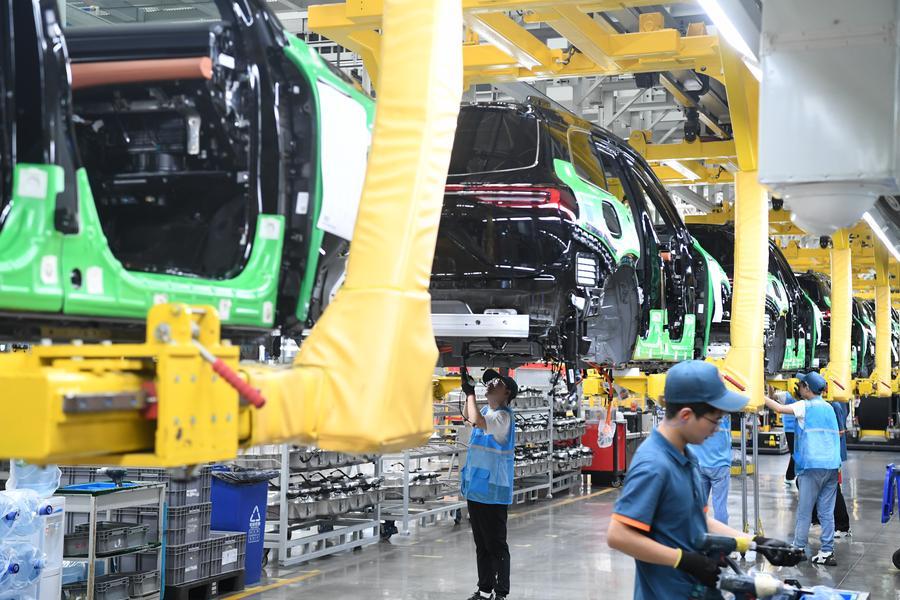
The next five-year period will be a crucial phase for the country to build on the momentum of 14th Five-Year Plan, consolidating the growth trajectory upward to realize socialist modernization with grace.
The period will derive fresh connotation of new globalization paradigm that will hold sway on the traditional globalization paradigm established after World War II—dominated by the United States and jointly advanced by Western developed nations. The shift will set into motion a new global order that will allow all countries to grow together.
In global trade, general perception prevails that the share of South-South trade will continue to rise in the 15th Five-Year Plan period. Data indicates that the share of global GDP accounted for by emerging economies and developing countries rose to 41.23 percent in 2024. It is projected that share of global GDP of Global South will reach 43.71 percent by 2029. Five-year plan will see developing nations’ economic growth will significantly outpace developed economies.
China’s economic power has risen dramatically. In 1952, China’s GDP was only ¥67.91 billion, but in 2024 it exceeded $18.4 trillion. China’s GDP will rise steadily during 15th Five-Year Plan period. Meanwhile, China will also continue its journey of being world’s second largest economy, largest manufacturer, largest trader in goods, second largest consumer of commodities and largest holder of foreign exchange reserves. It will also uphold its position as a contributor of around 30 percent to global economic growth and a stabilizing force on national & international horizons despite the volatile instability and uncertainty in the global economy.
Propelled by strong accomplishments during the 14th Five-Year Plan (2021-25) period, China’s economy is cruising into a significant stage for high-quality development to be guided by the 15th Five-Year Plan (2026-30).
Over the next five years, China will stick to national rejuvenation seeking Chinese modernization. Technological innovation, green transformation, advancement in new quality productive forces and the digital economy are the markers of new stage.
China’s new energy vehicle (NEV) sector has witnessed explosive growth over the past decade. In 2014, just 120,000 NEVs were on the road. By the end of June 2025, the total number of NEVs on China’s roads had reached 36.89 million, representing 10.27 percent of the nation’s overall automobile fleet. The 15th Five-Year Plan is expected to observe the NEV’s rapid expansion that reflects the country’s broader push toward a greener transportation system, driven by advances in NEV technology, expanding charging infrastructure, and growing consumer demand for cleaner mobility solutions.
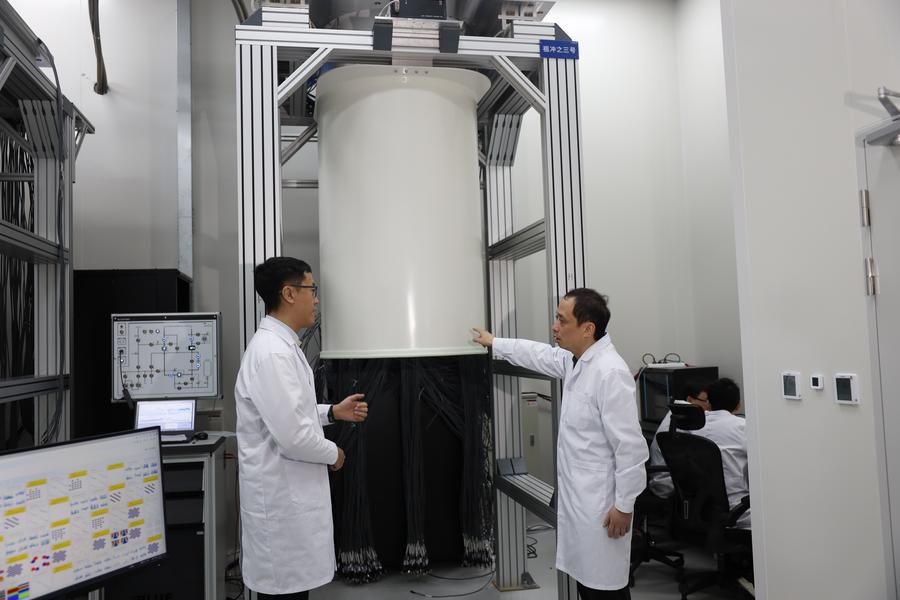
During the 14th Five-Year Plan (2021-25), China achieved notable progress in technological innovation. In the 15th Five-Year Plan (2026-30), the focus will shift to high-quality development, transforming innovation from quantitative accumulation to qualitative leaps, turning new quality productive forces into organic drivers of growth, and improving the quality of people’s lives.
China will also focus on artificial intelligence (AI), quantum computing and aerospace exploration. Major scientific and technological projects with strategic, systemic, and forward-looking significance are expected to be launched.
Realizing the dual carbon goal, China will concentrate on a green industrial revolution. During the 15th Five-Year Plan (2026-30) period, non-fossil energy is expected to account for about 25 percent of primary energy consumption.
In upcoming years, digital development will move from the consumer internet to deeper industrial applications, and 5G/6G integrated networks will expand nationwide, while industrial internet identification systems will cover all major sectors. A foundational system for data as a key economic resource will be fully established.
The 15th Five-Year Plan will see advancement in the internationalization of the yuan, both as a settlement currency in international trade and an investment and reserve currency, with the yuan’s offshore markets being expanded across multiple locations in the world.
Despite perpetual challenges from external “decoupling” and protectionism, and domestic economic pressures, experience suggests that such economic itches will prove to be impetus for further reform and external pressure can help drive internal upgrades. By deepening reforms, expanding openness, and adhering to the innovation-driven strategy, China is expected to achieve new breakthroughs in high-quality economic development over the next five years.
On the global stage, China is fully active to play a positive and influential role. Under the 15th Five-Year Plan, China will continue to run vibrant initiatives like building a community with a shared future for humanity, the Belt and Road Initiative (BRI), the Global Development Initiative (GDI), the Global Security Initiative (GSI), the Global Civilization Initiative (GCI) and the Global Governance Initiative (GGI), offering solutions for global governance and challenges.
China’s commitment to global security is also evident in its participation in peacekeeping missions and anti-piracy efforts. Since 2008, the Chinese People’s Liberation Army (PLA) has sent 46 escort task groups to the Gulf of Aden and waters off Somalia, providing escort for some 7,300 Chinese and foreign vessels and conducting diverse tasks including anti-terrorism, anti-piracy, joint search and rescues as well as evacuations.
During upcoming years, it is hoped that China will remain a major contributor to both UN peacekeeping assessments and the UN’s regular budget, and the largest troop-contributing country among the permanent members of the UN Security Council.
Over the past 76 years, under the strong leadership of the Communist Party of China, the country has made magnificent progress in social and economic development. Based on the previous achievements and experiences, China will take center stage by increasingly interconnected with the global economy and offering significant opportunities to the rest of the world.
The article reflects the author’s opinions, and not necessarily the views of China Focus.
 Facebook
Facebook
 Twitter
Twitter
 Linkedin
Linkedin
 Google +
Google +





